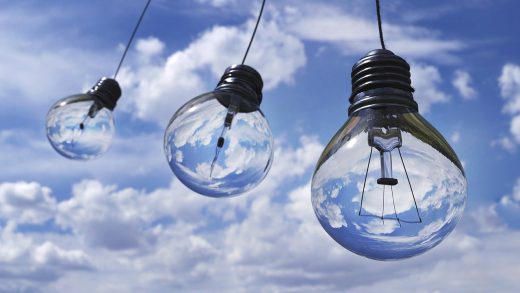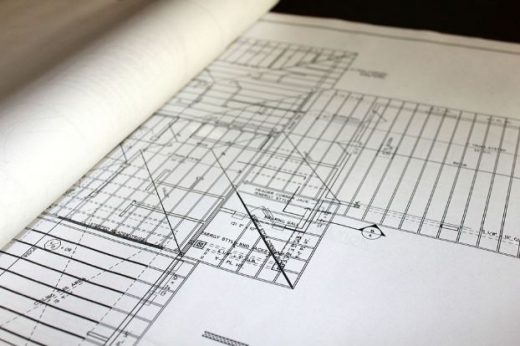Trusted Understanding Incandescent Halogen Bulbs Advice, Real Estate Light Tips, Building Lighting
Understanding Incandescent And Halogen Bulbs Applications
7 Oct 2019
Understanding Incandescent And Halogen Bulbs For Better Home Applications
This write-up is about two similar lighting bulbs that we use in our homes. And we are going to be exploring their different modes of operation. The reason for this exploration is that light bulbs have been in existence for as far back as 100 years—but surprisingly, people still don’t understand their internal workings, or feel they that lighting is too technical for them. Which is not the case!!!
It will be inappropriate to start talking about lighting without first giving credence and honour to the first inventor of light bulbs. In-person of “Thomas Edison.” Thomas was the first person to invent light bulbs after attempting it for 1000 times. He is the grandfather of light bulbs.
over the years, there have been several people working on that first invention, and have succeeded in developing spectacular technology.
But even with the development and improvement of different light bulbs, a lot of folks still gets confused as to what kind of bulbs that they should be using and for what purposes.
So we are going to be talking about two basic lighting bulbs so that you can better decide which ones will suit your needs, whether you are planning to decorate your living room with special lights or planning to light up your greenhouse or better still for your outdoor lighting ideas
Incandescent
Light-emitting diodes are more or less the newest in a long list of various types of lighting devices. With the exemption of ancient lighting materials such as candles, all other types of bulbs or lighting devices are dependent on electricity.
The very first and still most common light source still in use today, especially in third world countries are incandescent.
An incandescent bulb is propagated by the heating of a metal called the “filament” until it shines. By changing the power level, it can be made to glow different colours. A typical incandescent filament operates at about 2850K, producing the familiar warm white colour we are often used to seeing.
Whenever the bulb is dimmed, it receives less voltage. This not only reduces available light intensity but also goes a long way in clamping down the operational temperature of the metal-filament.
This explains why dimmed incandescent bulbs tend to look red in colour. Observe that the glass (transparent or frosted) housing in an incandescent bulb is used to produce a kind of vacuum, which acts as a preventive measure that stops the filament from being oxidized.
A lot of findings have gone into altering the composition of the air mixture within the shell of an incandescent bulb in a bid to increase the operational life of the bulb, which has proven to be successful, but I dare say not as efficient.
An IB operates at a very high temperature around its surface area that can be as high as 120°C and above. Which is why the best practices when handling an IB that has been used for over a decade, is to wait and allow it to cool off before attempting to touch it.
The active life of an IB comes to an end whenever the filament gets broken, which typically occurs after a working period of about 1000 hours. Also, the constant switching on and off of an Incandescent light bulb can contribute to its operational breakdown.
But you will find that most times, this is not usually the cause or the imminent reason for its failure.
However, it is crucial to note that because these light bulbs were the earliest light bulbs to be invented, they are not necessarily the safest.
Neither is the socket in which the incandescent is usually screwed in (when the electric switch is still on). That is why, before handling these light bulbs, a non-conductive, enhanced cotton hand gloves should be worn. If you don’t, then you stand the risk of being electrocuted or burnt, or worse still injured by glass.
You might be wondering, why are still incandescent bulbs available even in developed countries if it is not that safe. Well, the answer to that is easy. One, these bulbs have been invented way before the implementation of safety guidelines and principles.
Two, it has not been known to be associated with any form of health hazards or diseases. And three, it is about the cheapest bulb you can find, because of it’s low production cost.
Halogen
Halogen bulbs are more or less an advanced form of incandescent bulbs. The striking difference being that, a halogen bulb contains halogen that forces or empowers the filament to burn at a higher temperature, which invariably increases the capacity and the efficiency of the bulb.
Another advantage of the halogen bulb over the incandescent is that it redeposits the filament material which helps the HB to have a long and durable working period.
But the catch with this efficiency is the super increased temperature being emitted by the HB.
Incandescent And Halogen Bulbs Conclusion
Incandescent or halogen bulbs are very good light sources for either indoor or outdoor lighting system. The incandescent is particularly good for indoor lighting in countries or regions with long winter seasons because of the higher temperature they exude.
You can also use them for outdoor or gardening purposes, because of the warm white colour which has been proven to be very welcoming, relaxing and soft. Which is what every home gardening owner loves…!
Building Articles
Property Articles
Comments / photos for the Understanding Incandescent And Halogen Bulbs For Better Home Applications page welcome







